Who We Are
Our Vision
All people in Wisconsin have an affordable place to call home.
Our Mission
We help Wisconsin thrive by expanding access to affordable housing choices.
What we do
We use our financial strength and expertise to improve access to affordable housing options and expand economic prosperity for everyone in Wisconsin. We work collaboratively with others and leverage our collective resources to expand equitable and sustainable housing where people want to live, work, raise a family, and thrive.
Our Strategic Priorities
We put people first.
We do what only we were created to do.
We protect housing as a core human need.
How we do it
We use our vital resources to make affordable housing possible and act beyond expectation to ensure housing for generations because everything we do is about helping people prosper.
Our Strategic Goals
BE the authority on housing in Wisconsin.
INCREASE housing choices for people across the state.
CENTER human experience in operations and decisions.
WHEDA History
-
1972Wisconsin Legislature creates state housing authority and appropriates $250,000 to start operations.
-
1973
Program operations begin.
-
1974
First bond offering raises $27 million for multifamily loans.
-
1975
First housing authority to market bonds to finance Section 8 housing.

-
1976
First housing authority to have newly constructed units in occupancy.
-
1977
First housing authority to coordinate housing with HUD and Farmers Home Administration.
-
1978
Authority-financed developments required to have units designed for people with disabilities.
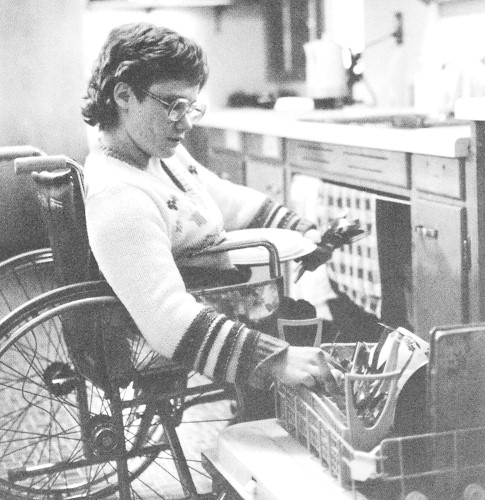
-
1979
Repays $250,000 in initial seed money appropriated by the state.
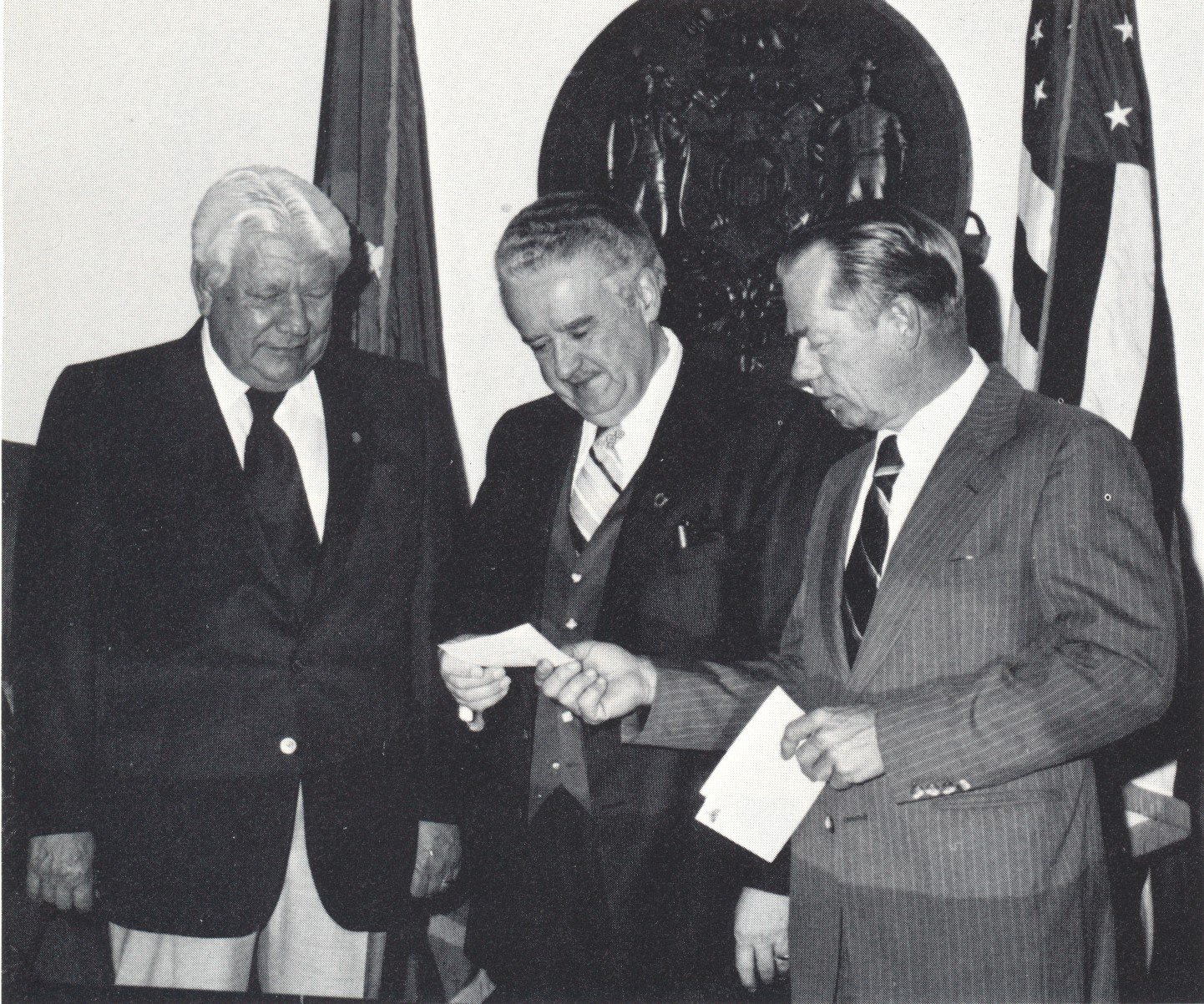
-
1980
Issues first bonds for homeownership and single family rehabilitation loans.
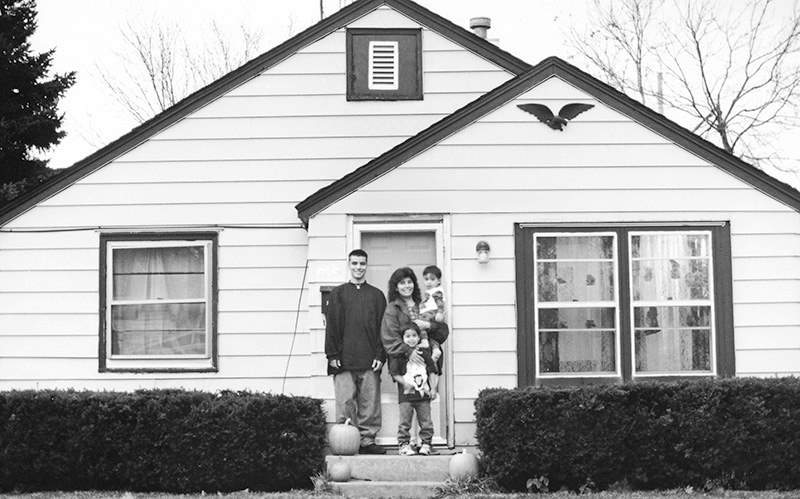
-
1981
Receives $75 million in additional bonding authority for housing rehabilitation loans.
-
1982
Sells $100 million in mortgage revenue bonds to support first-time home buyers.
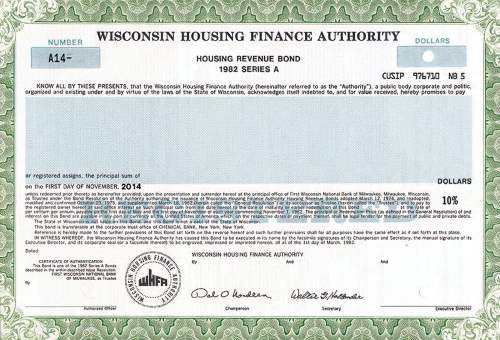
-
1983
Mission expands to include business and agriculture financing.
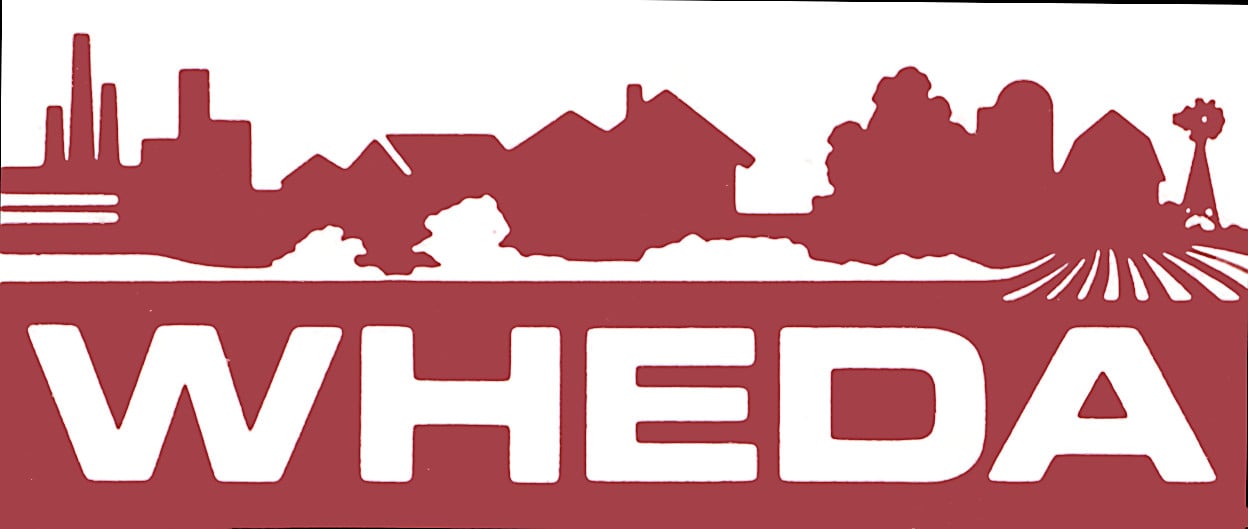
-
1984
WHEDA Foundation begins grant program to support non-profit housing providers.
-
1985
Launches the CROP loan guarantee to help cash-strapped farmers.
-
1986
Offers loan program to support women- and minority-owned businesses.

-
1987
Becomes first and only Wisconsin entity to administer federal housing tax credits.
-
1988
Offers a first-of-its-kind drought relief loan guarantee for farmers.

-
1989
Begins administering federal Section 8 rent vouchers.
-
1990
Surpasses $2 billion in total assets.
-
1991
Offers long-term financing along with federal housing tax credits.
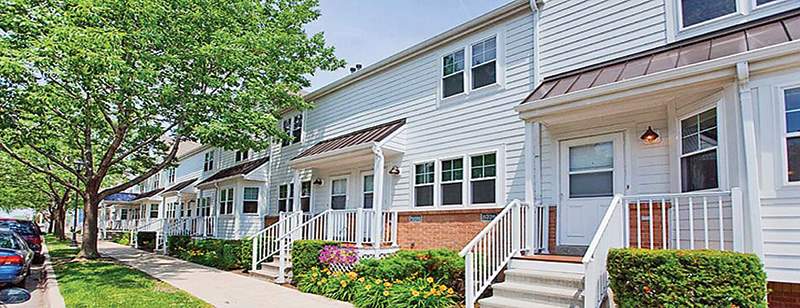
-
1992
Leads the nation with over 4,500 single family loans financed by mortgage revenue bonds.
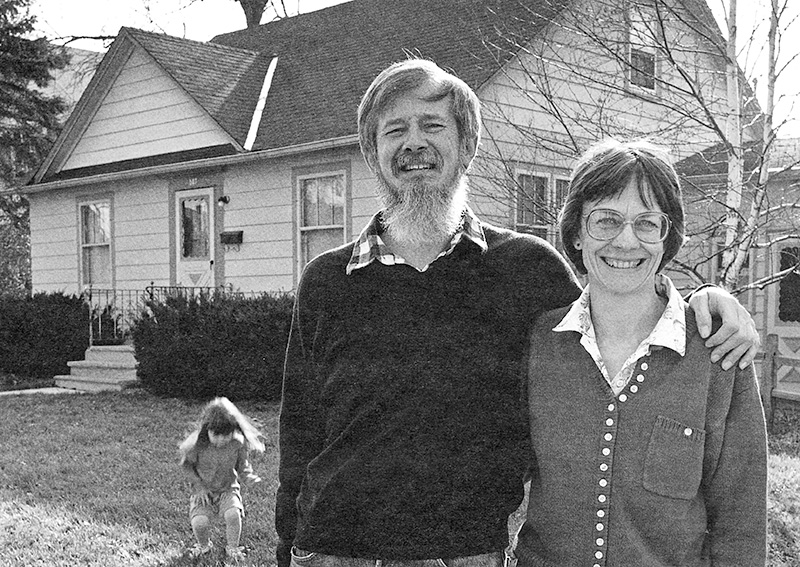
-
1993
The Wisconsin Preservation Trust is formed to help preserve Section 8 units as affordable.

-
1994
First housing authority to offer 97% LTV mortgages with private mortgage insurance.
-
1995
State Legislature permanently extends CROP financing for farmers.
-
1996
Introduces FARM loan guarantee to help farmers expand operations.
-
1997
Lindsay Heights partnership begins for Milwaukee neighborhood redevelopment.
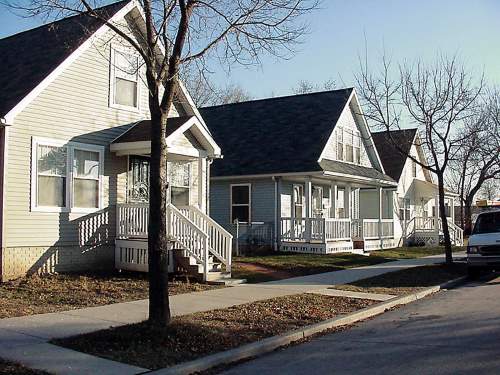
-
1998
Provides temporary housing grants for flood and tornado victims.
-
1999
Closes more than $52 million in multifamily loans.
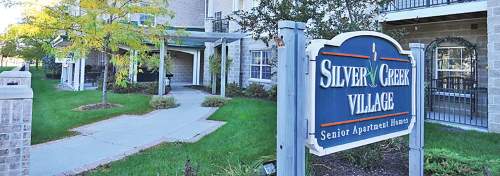
-
2000
Secures mortgage revenue bonding and tax credit programs with legislation to increase caps.
-
2001
First housing authority to launch an online mortgage application system.

-
2002
Closes more than $100 million in multifamily loans.
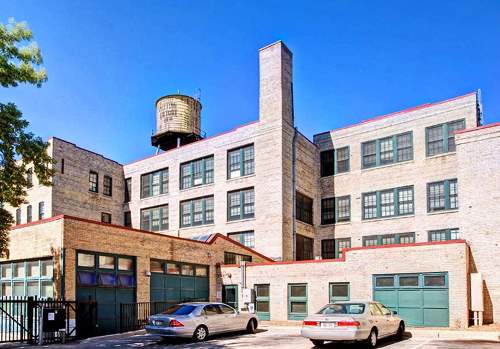
-
2003
Increases African American mortgage lending by 27%.
-
2004
First housing authority to be awarded federal New Markets Tax Credits.
-
2005
Record year with over $560 million in mortgage lending.
-
2006
Invests $4 million in Milwaukee's Metcalfe Park Neighborhood lease-to-purchase program.
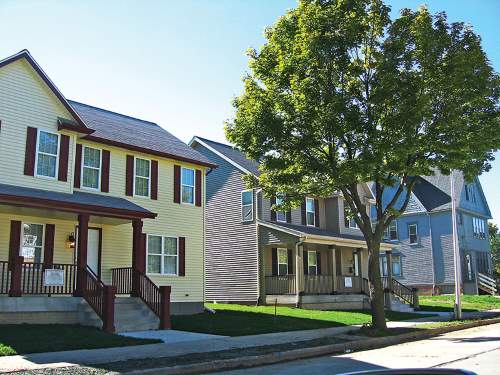
-
2007
Awards housing tax credits on Tribal land.
-
2008
Launches WisconsinForeclosureResource.com to help homeowners.
-
2009
Receives $139 million in American Recovery and Reinvestment Act funds to advance housing.
-
2010
First housing authority to offer a mortgage product in partnership with Fannie Mae.
-
2011
Awarded $22.4 million in State Small Business Credit Initiative funds.

-
2012
Commits $100 million to Transform Milwaukee initiative.

-
2013
Announces Tax Advantage Mortgage Credit Certificate program.
-
2014
Launches no-fee loan guarantee to help Milwaukee small businesses.
-
2015
Introduces Veterans Affordable Loan Opportunity Rate mortgage program.

-
2016
Receives $5.47 million Capital Magnet Fund grant to increase affordable housing.
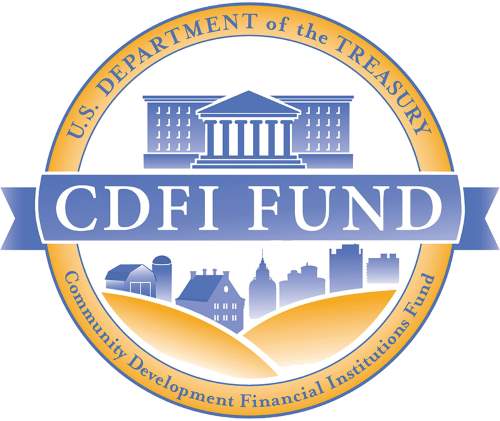
-
2017
Forms LISC partnership to expand small business financing resources.
-
2018
Begins administering the state housing tax credit program.
-
2019
Helps over 3,700 individuals and families achieve homeownership.
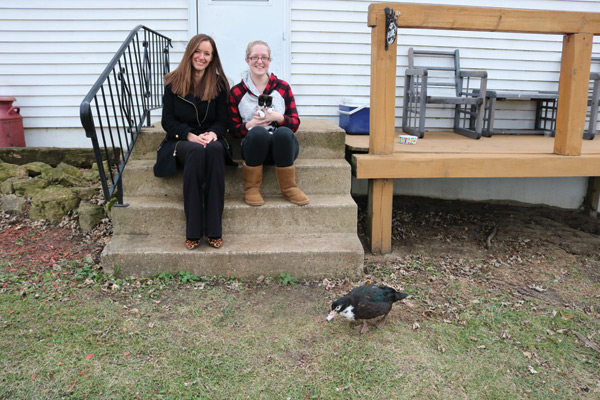
-
2020
Commits $10 million to rural affordable workforce housing.
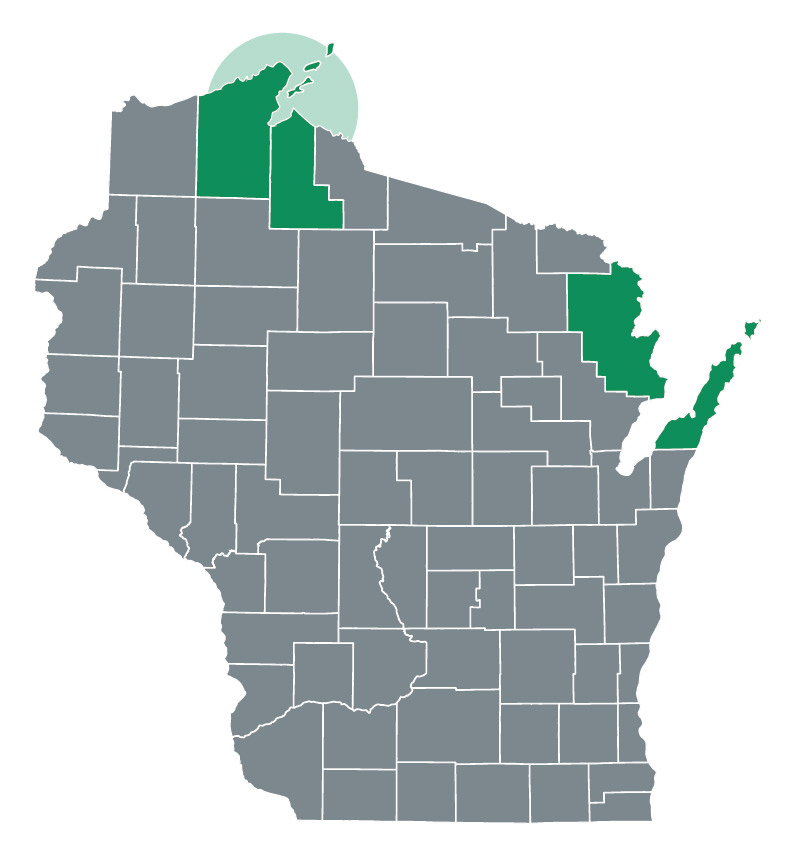
-
2021
Forms CSH partnership to advance supportive housing.

-
2022
Finances first-of-its-kind supportive housing projects for farmworkers and Veterans.
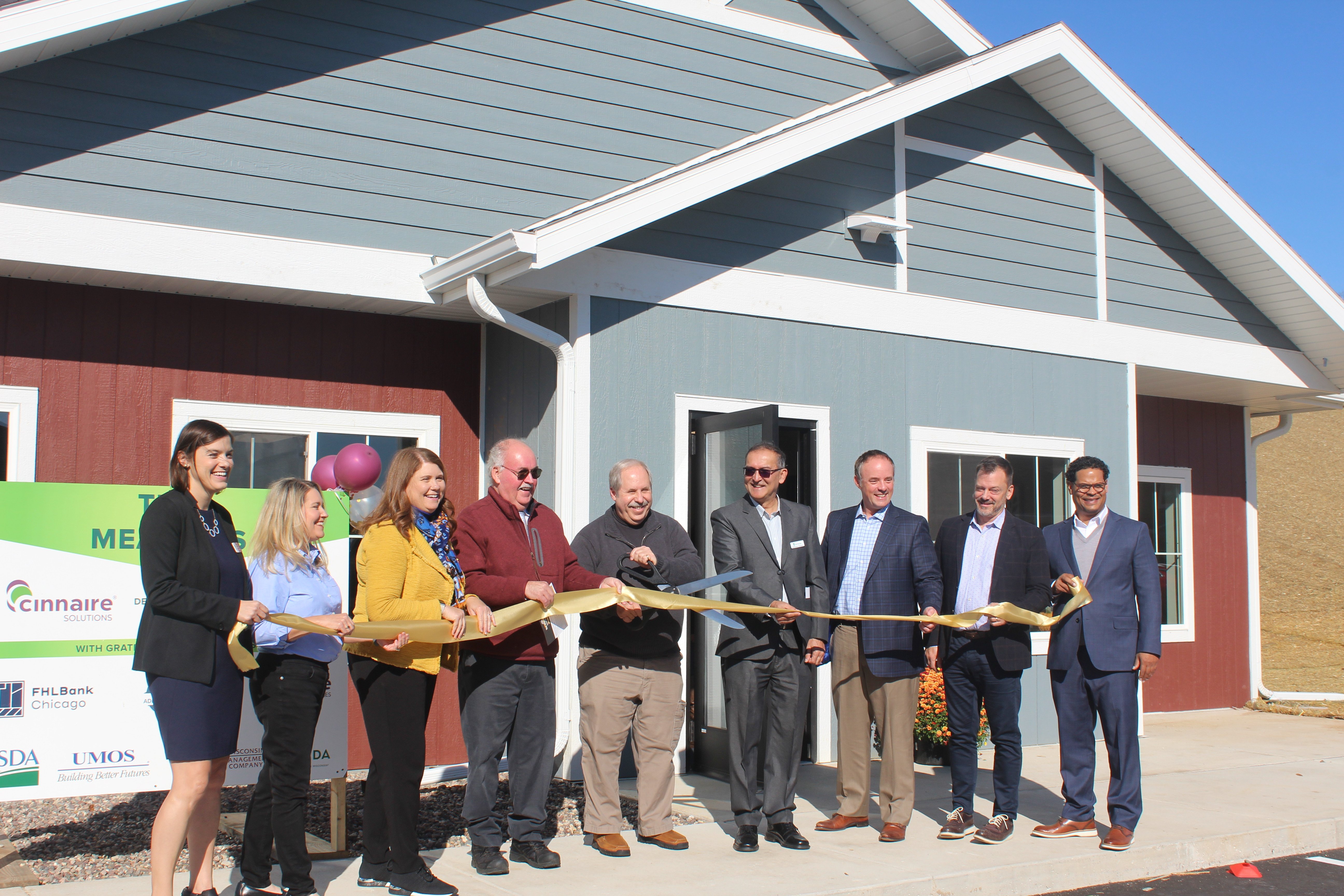
-
2023
Administers new loan products through the Bipartisan Housing Legislation Package to increase affordable housing options.

